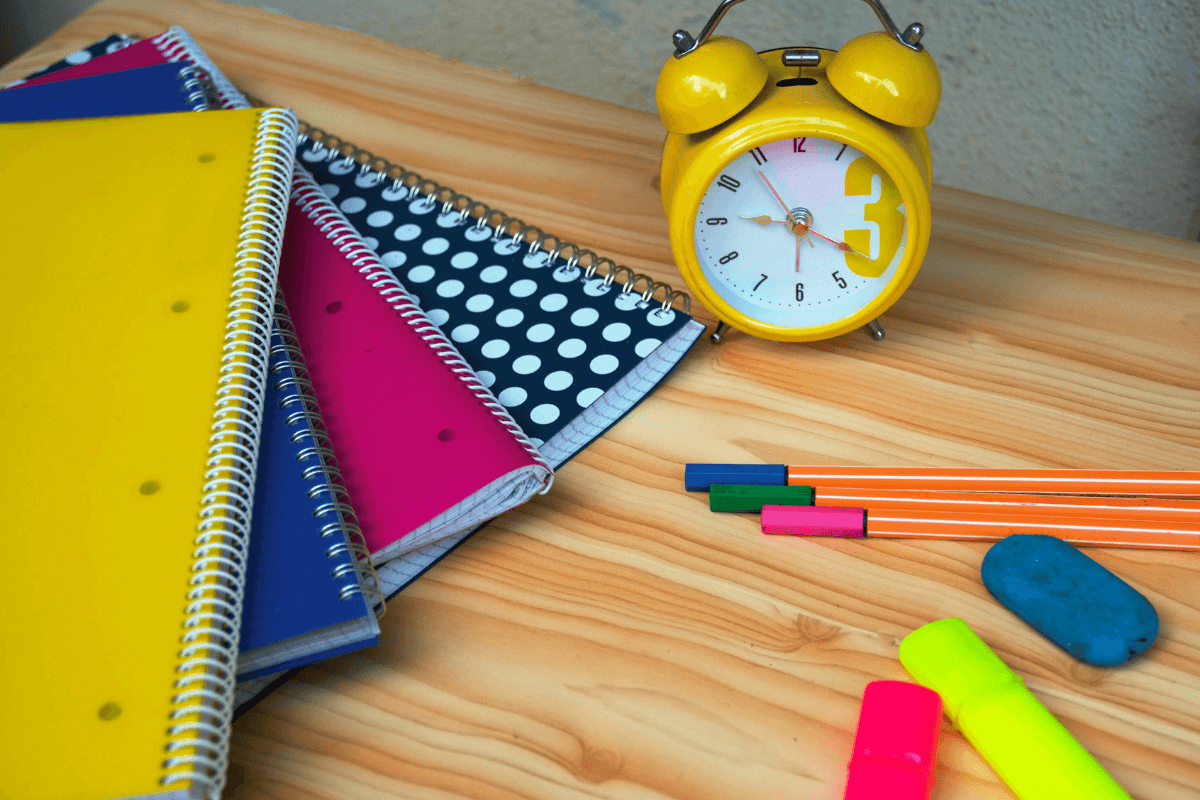Homeschooling offers numerous benefits, including the flexibility to design a curriculum that suits your child’s learning style, the ability to incorporate real-world experiences into lessons, and the opportunity to strengthen family bonds by spending more time together. However, one of the most critical components of a successful homeschooling experience is having a dedicated study space […]



